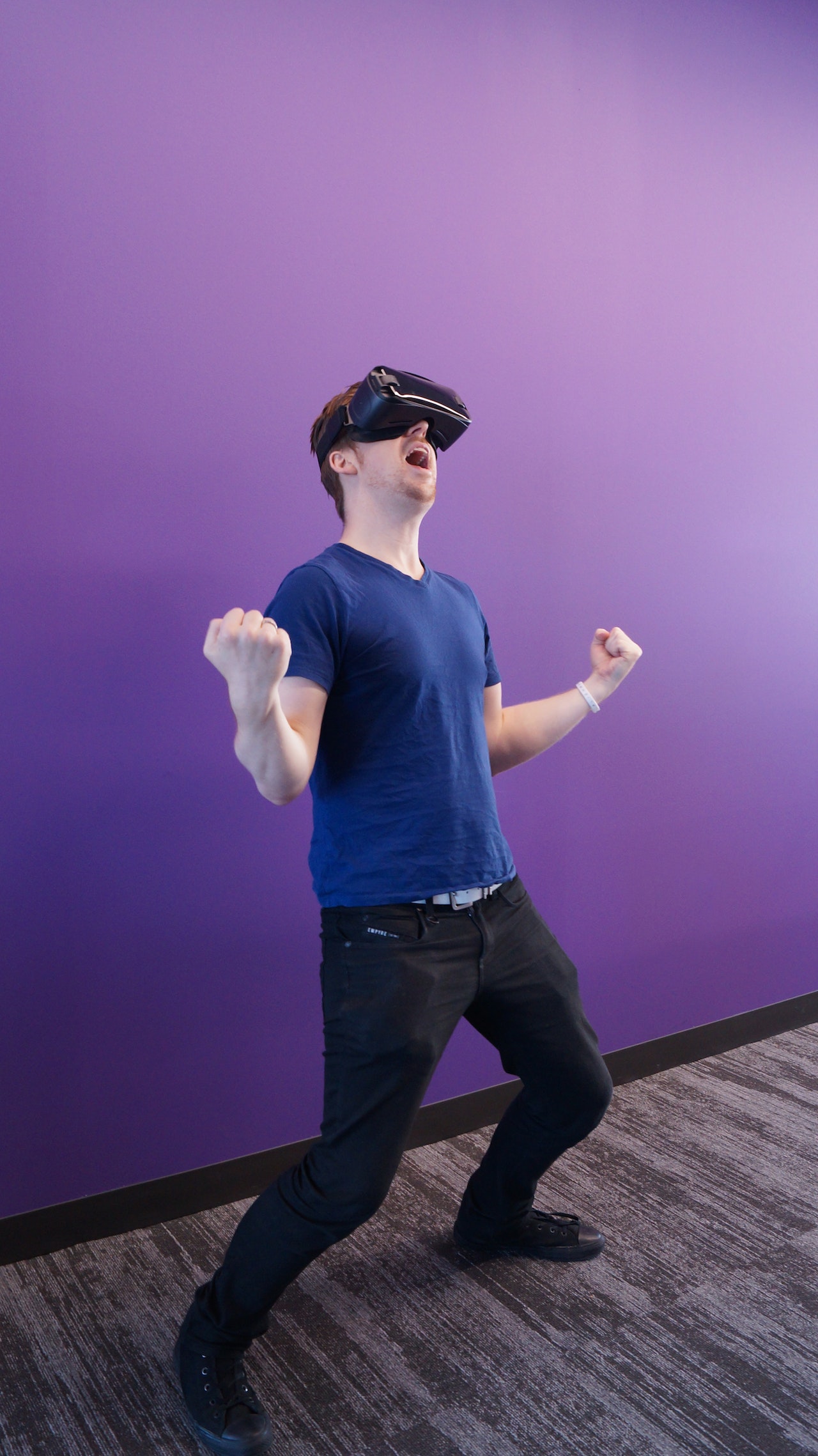Meta CEO Mark Zuckerberg made a significant splash at the Meta Connect conference on Wednesday, unveiling two cutting-edge devices that mark a crucial step in Meta’s journey to becoming a metaverse-centric company. The event showcased the Meta Quest 3 and the Ray-Ban Meta smart glasses, both aiming to revolutionize the way we interact with the digital and physical realms.
Meta’s commitment to these devices comes at a hefty cost, as the Reality Labs business segment continues to report substantial losses, with a staggering $3.7 billion deficit in the latest quarter. The success of these headsets is pivotal for Meta to solidify its position as a metaverse pioneer.
In a firsthand experience with both the Quest 3 and smart glasses during an exclusive preview event, it became apparent that Meta has made substantial improvements. Nonetheless, the company faces stiff competition from traditional gaming platforms and upcoming products like Apple’s Vision Pro.
Starting at $499, the Meta Quest 3 offers a myriad of upgrades over its predecessor, the Quest 2, including a sleeker design and crisper visuals. On the other hand, the $299 Ray-Ban Meta smart glasses introduce a fresh look and enhanced cameras for superior photo and video capture. Consumers can expect the Quest 3 to hit both online and brick-and-mortar stores on October 10, with the glasses following on October 17.
Unlike its predecessors, the Quest 3 is designed to embrace both virtual reality and augmented reality seamlessly. The passthrough mode has been substantially improved, employing external cameras to provide users with a live feed of their physical surroundings on the Quest 3’s internal displays. This allows users to interact with digital objects that convincingly blend with the real world, as demonstrated with an alien ship crashing into the room and other immersive scenarios.
Meta has introduced “augments,” allowing users to personalize their mixed reality space with digital objects that appear to float in the real world. These augments, ranging from bobbleheads to weather forecast widgets, are remembered by the Quest 3, ensuring they remain in place when users return to the virtual realm.
The Quest 3 offers sharp and vibrant visuals, boasting a 30% improvement in display resolution compared to the Quest 2. This improvement was evident in side-by-side comparisons, where text readability and visual details were noticeably enhanced. The passthrough feature adds a new layer of possibilities to the Quest 3’s capabilities.
However, it’s important to note that the Quest 3’s graphics still fall short of the standards set by modern gaming consoles and PCs. Priced at $499, it faces competition from established players like Sony’s PlayStation 5 and Microsoft’s Xbox Series X, both of which have a rich library of impressive games.
Moreover, the mixed reality headset market remains relatively small. While Meta leads the industry with products like the Quest 2, which performed exceptionally well during the pandemic, the company has sold only 20 million units to date, as reported by The Verge. In contrast, Sony has sold 40 million PS5 consoles since November 2020.
In addition to the Quest 3, Zuckerberg unveiled the Ray-Ban Meta smart glasses, building upon the success of Meta’s Ray-Ban Stories. These smart glasses are equipped with cameras, speakers, and microphones, offering improved 12-megapixel cameras for high-resolution media capture and an enhanced speaker system. A new Headliner style joins the original Wayfarer design.
The Ray-Ban Meta smart glasses provide four hours of mixed usage on a single charge, catering to activities like photography, video recording, and music playback. An improvement from the original Ray-Ban Stories, the charging case now incorporates a magnet-style charger for hassle-free charging.
Concerns about safety and privacy have been addressed, with Meta increasing the size of the outward-facing LED indicator that signals when photos or videos are being taken. This LED is integrated with the camera’s hardware, making it tamper-proof.
The Quest 3 and smart glasses exemplify the ambitious pursuit of Meta of the metaverse dream. The challenge now lies in maintaining consumer interest and making these innovative products an integral part of our digital and physical lives.
Source: Yahoo Finance



